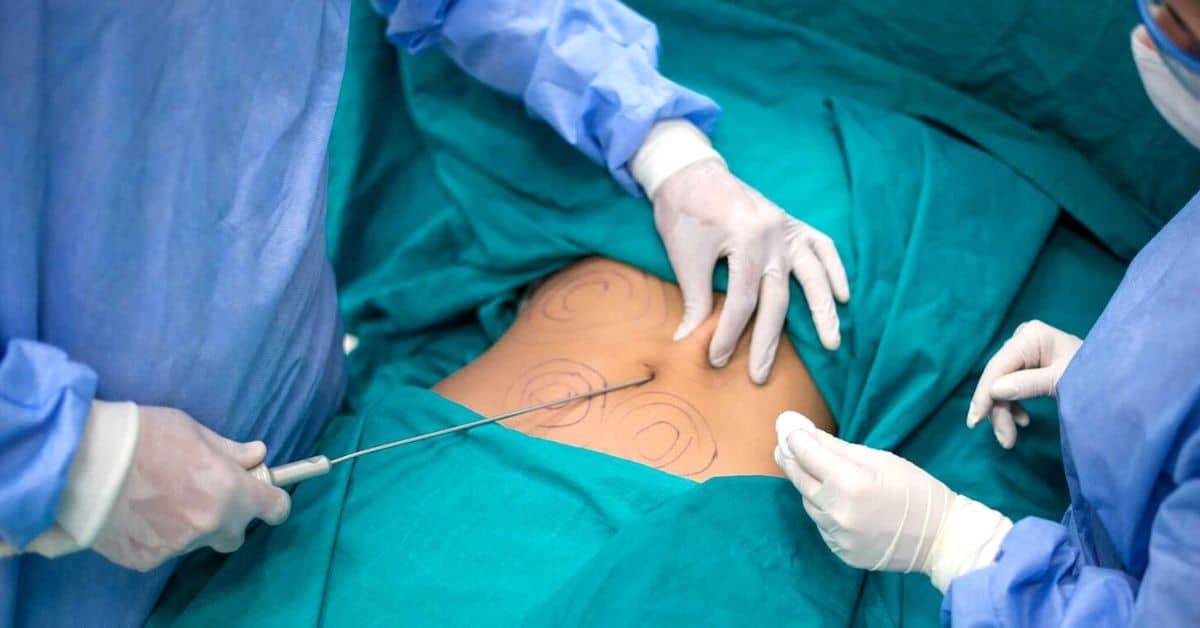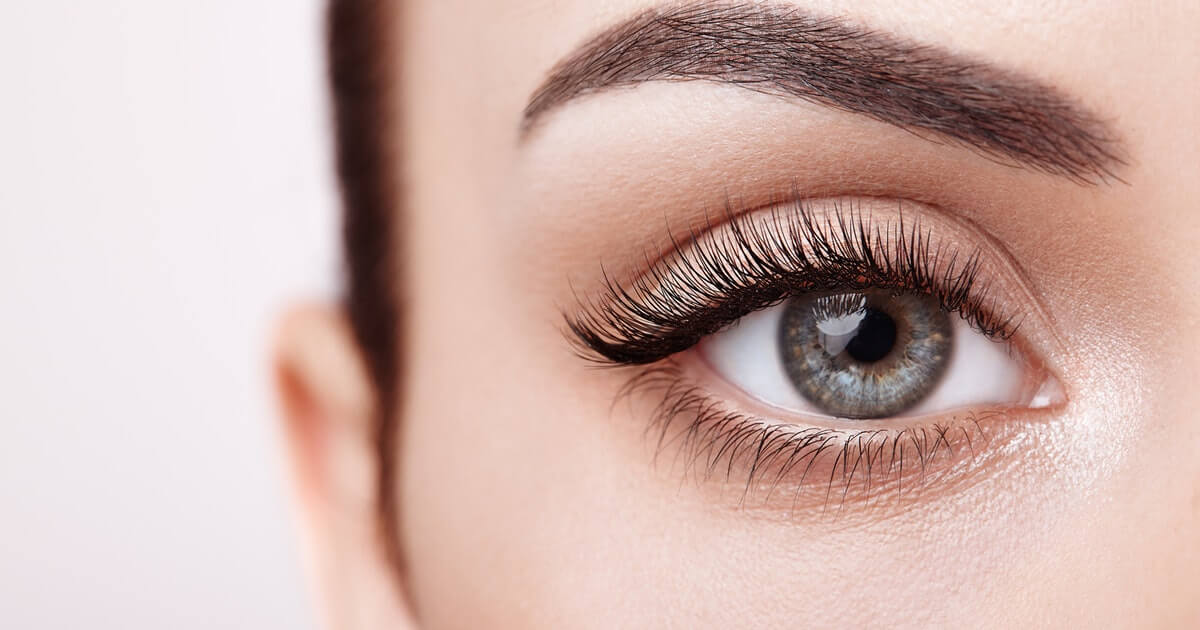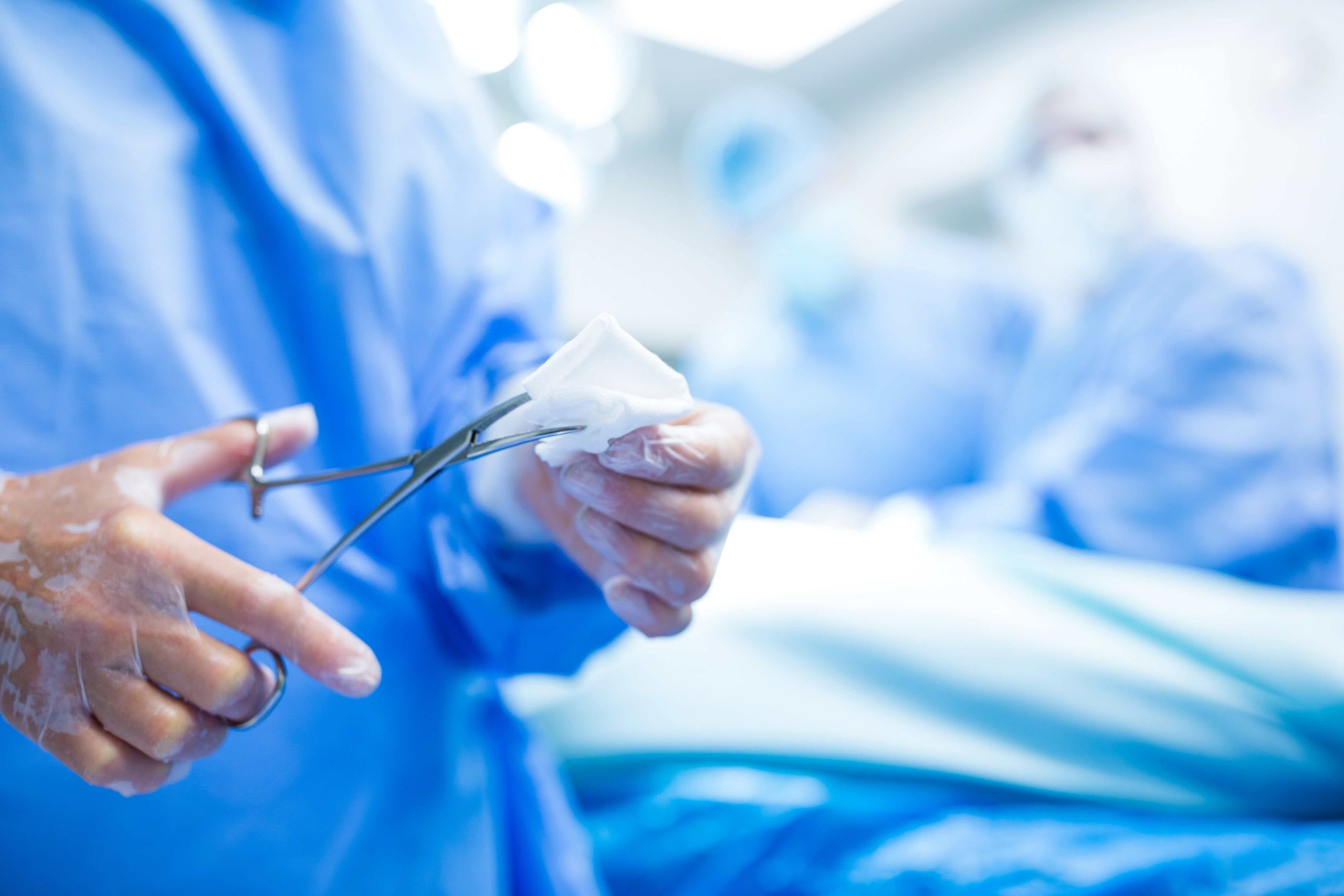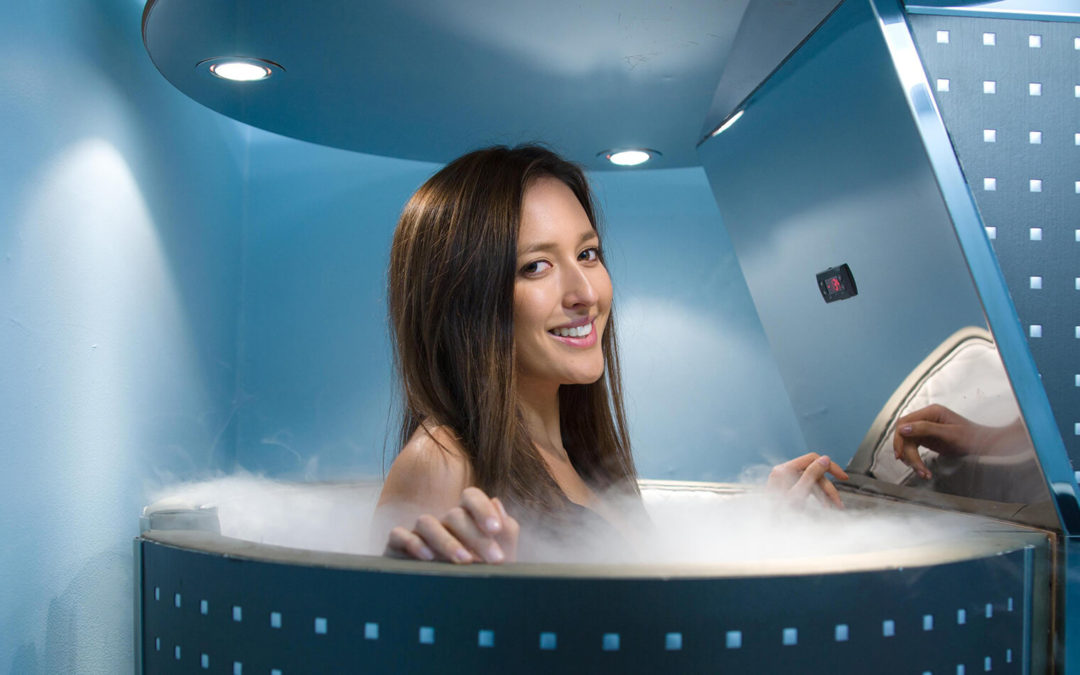Liposuction or Lipoplasty is a cosmetic surgical treatment that is intended to remove extra fat deposits from particular body parts. It is typically done on the neck, hips, thighs, belly, and buttocks giving a toned and sculpted appearance.
Learn more about Liposuction, its results, recovery time, risks, and other aspects in detail.
Why Is Liposuction Done?
Liposuction procedure is done to achieve a sculpted appearance and reduce redundant body fat deposits to give those areas better contour and shape.
Small incisions are made, and a cannula (a thin tube) is inserted to suction out the fat, usually while the patient is under general anesthesia.
The following are the reasons why liposuction is done:
- Ability to remove fat deposits that are resistant to diet and exercise.
- Ability to help improve body proportion and contours.
- Versatility.
- Potential for long-lasting results if the patient maintains a stable weight.
“Lipoplasty comes with red flags too. It is better to get a second opinion from a certified surgeon before jumping into a conclusion.”
Are you eligible for Liposuction? Find out below!
Are You A Good Candidate For Liposuction Procedure?
The following individuals are candidates for lipoplasty:
- Adults who weigh in at an average or slightly higher weight.
- Adults with sound health.
- Individuals with localized fat deposits that don’t react well to diet and exercise.
- Individuals who have fat deposits due to genetic factors that does not go away.
- Nonsmokers.
- Those who have reasonable expectations for how the procedure will turn out.
In an Interview with Zwivel, Dr. Zeeshan Afzal, MD says “Plastic surgeons typically determine if a patient is a good candidate for a body sculpting procedure based on factors like their overall health, body mass index, and aesthetic goals. They may also consider the patient’s skin quality, muscle tone, and other anatomical factors when making this determination.”
Note: You need not sign up for the surgery just because your surgeon/ physician recommends you. Get a second opinion before you take your next step.
Body Contouring With Liposuction Procedure: Commonly Treated Areas
The following body contouring areas are frequently treated with lipoplasty:
- The Waistline.
- The Lower Abdomen.
- The Hips.
- The Thighs.
- The Upper Arms.
- The Chin and/or Neck.
- The Knees.
- The Buttocks.
- The Ankles.
- The Chest.
Chin Liposuction
When it comes to liposuction, the areas we frequently consider as candidates for a decent, quick, least invasive fat-fighting procedure are the stomach, buttocks, and thighs.
But the chin also requires straightforward surgical surgery.
Why?
You can cover other body parts if fat builds up, but chin?
What can be done about the extra fat that ruins our silhouette and makes us look older? Or even worse, cause of the dreaded double chin?
If these are your concerns, then you may need chin liposuction. Talk to your doctor before jumping into the surgery right away!
Here are 19 facts about chin and facial liposuction you should know about.
Stomach Liposuction
A cosmetic surgical technique called stomach liposuction uses suction to remove extra fat deposits from the abdomen region. Small skin incisions are made during the treatment, which is normally done under general anesthesia, and a hollow tube (cannula) is inserted to break up and suction away the undesirable fat.
The fatty deposits that are deposited in the abdomen, waist, and love handles are permanently removed through cosmetic abdominal surgery. Under the skin, cannulas are used to suck away unwanted body fat.
Liposuction For Face
Facial liposuction removes extra fat from the face and neck to restore facial lines and lessen the visibility of wrinkles, puffiness, and double chins.
Small skin incisions are made during the liposuction for face, and a tiny tube (cannula) is inserted to suction away extra fat.
Some may encounter post-surgery effects like bruising, soreness, and swelling that can be controlled with proper aftercare for a few days to a few weeks.
Arm Liposuction
Arm liposuction, a less invasive alternative to an arm lift, can be used to remove the loose, hanging skin that typically develops on the underside of the upper arm due to aging, weight loss, or gain.
Arm liposuction reduces localized fat and slims the arm’s contour. It is best suited for patients who are no more than 10 to 15 pounds overweight and have stubborn localized fat deposits that do not respond to diet and exercise.
Learn more about Arm Liposuction here
Liposuction Procedure for Legs
A leg liposuction involves sucking fat deposits from the legs. The procedure is done using a cannula, a thin, hollow tube that is introduced through tiny skin incisions.
The extra fat is then broken up and suctioned out using the cannula. Leg liposuction may assist to reshape and contour the legs, giving them a smaller appearance.
Liposuction is also done on thighs (thigh liposuction) and knees (Knee Liposuction) to remove unnecessary fat deposits from the target areas.
Abdominal Liposuction
A cosmetic surgery treatment called abdominal liposuction uses suction to remove extra fat from the abdomen. Abdominal liposuction is preferably done with other cosmetic procedures, such as a tummy tuck procedure, to achieve good results.
Abdominal liposuction is not a weight loss solution, and so, patients should have a stable weight and good overall health for undergoing the procedure.
Neck Liposuction
Submental liposuction, commonly known as neck liposuction, is a procedure that eliminates extra fatty tissue from beneath the neck.
Typically, the surgery eliminates an inherited fat buildup that makes the neck look large. The best candidates for neck liposuction are typically younger people with good skin quality, such as patients in their 20s and 30s.
Patients who undergo neck liposuction can have a sculpted, more angular neck, which can improve the appearance of their entire face.
Tumescent Liposuction
Tumescent liposuction uses a large volume of a solution called tumescent fluid that helps loosen and remove fat.
The tumescent fluid is a mixture of saline, lidocaine (an anesthetic), and epinephrine (a vasoconstrictor). It is injected into the target areas where the fat cells to become swollen and firm, or “tumescent.” This helps the surgeon to remove the fat with a cannula.
Tumescent liposuction procedure is considered to be a relatively safe and effective method of removing fat, and has several advantages over traditional liposuction.
Liposuction On Ankles
Ankle liposuction is a cosmetic procedure that involves sucking out extra fat from the ankle region. Usually, a thin tube called a cannula is used during the procedure, and it is placed through tiny skin incisions.
The undesirable fat is then broken up and removed using the cannula. The operation is often completed as an outpatient procedure with a local or general anesthesia.
Lipo For Lipedema
Liposuction can be a successful treatment option for lipedema, a disorder marked by the abnormal accumulation of fat in the buttocks, hips, and legs.
This can help reduce the volume of the affected areas and enhance the appearance of the affected limb. It’s crucial to keep in mind that liposuction shouldn’t be viewed as a treatment for lipedema and could not eliminate all of the signs and symptoms, including discomfort and swelling.
Laser Liposuction
Dr. Zeeshan Afzal when asked about advanced body sculpting procedures says “Laser liposuction procedure offer less invasive alternatives to traditional surgery and can be highly effective in reducing fat and contouring the body.”
Laser Lipo uses laser energy to dissolve and remove extra fat deposits from particular body parts.
The fat cells are broken down by laser radiation, which makes them easier to suck out. Compared to traditional liposuction, this treatment is often less intrusive and may cause less discomfort, swelling, and recovery time.
However, results from laser liposuction might vary, so it’s crucial to talk about the advantages and risks with a licensed medical practitioner before having any cosmetic operation.
VASER Liposuction
In a minimally invasive cosmetic surgery called VASER liposuction, extra body fat is suctioned out of the body using ultrasonic technology.
High-frequency sound waves from the VASER device liquefy fat, making it simpler to remove from the body via suction. The treatment is usually carried out under local anesthesia and is intended to cause the least discomfort, scarring, and recovery time.
Liposuction Recovery Time
Depending on how much fat your surgeon removes and where it comes from, each person’s recovery time varies.
The typical time for full recovery is six months. You’ll need to slow down and limit your activity level for a portion of this time, often the first six weeks, to allow your body to recuperate.
Note: You may face some discomfort during the recovery process.
Dr. Zeeshan Afzal notifies “The recovery process for body sculpting procedures can also vary depending on the specific procedure and the individual patient. In general, patients can expect some level of discomfort, swelling, and bruising after the procedure, and may need to take time off work or limit physical activity for a period of time.”
Liposuction Side Effects
Dr. Zeeshan Afzal explains about the risks of liposuction – “The potential risks and complications associated with body sculpting procedures can vary depending on the specific procedure and the individual patient. Common risks include infection, bleeding, scarring, and asymmetry.”
The side effects of Liposuction procedure include:
- Anesthesia risks: During surgery, anesthesia difficulties like breathing issues, allergic reactions, or heart issues are possible.
- Bleeding: During or after the procedure, hemorrhage might result in edema, discomfort, and subcutaneous bleeding.
- Infection: Incisions made during liposuction may get infected, resulting in discomfort, edema, and redness.
- Nerve damage or numbness: Liposuction may result in skin that is temporarily or permanently numb, tingly, or burning.
- Fluid Imbalance – Liposuction can result in fluid imbalances, which might result in swelling, fluid retention, or fluid accumulation in the lungs.
- Poor wound healing: Following liposuction, poor wound healing might happen, resulting in noticeable scarring or sluggish healing.
- Uneven outcomes: If too much fat is removed from one place or if the skin does not tighten adequately after the surgery, uneven results may ensue.
- Skin Injuries: Liposuction can result in skin injuries such as bruising, inconsistencies in the skin’s shape, or skin damage.
Before opting for liposuction, have an in-depth conversation with your doctor about the potential dangers and advantages of the process.
How To Prepare For Liposuction?
Before the procedure, talk to your surgeon about your expectations. Research about the procedure, and have at least 1 to 2 consultations with your surgeon before jumping into surgery.
In addition to reviewing your medical history, your surgeon will inquire about any existing diseases, drugs, dietary supplements, and herbal supplements you might be using.
Before surgery, your surgeon may advise you to cease taking specific medications, such as NSAIDs or blood thinners. You might also need to obtain a few lab tests.
Other safety measures:
- The surgery may be performed in an office environment if it just requires a minimal amount of fat to be removed.
- The surgery might be performed in a hospital, followed by an overnight stay, if a significant quantity of fat is going to be removed or if you’re planning on having additional procedures done at the same time.
- In either instance, make plans for someone to pick you up from the procedure, drive you home, and stay with you for at least the first night.
Liposuction Aftercare
The surgeon will keep you under observation for a few hours following the surgery. The surgeon will insert tubes inside the bandages and provide you with detailed instructions on how to care for them.
These are the crucial ones:
- After the procedure, relax for at least a week.
- Avoid strenuous activity for the first four weeks.
- Dress loosely to prevent your stitches from being irritated and to make it easier to adjust drains.
- Take a shower seven days after the surgeon’s approval. The third day is the cutoff for sponge use.
- For the first two months, wear compression clothing to prevent your skin from swelling up too quickly after surgery.
- For the first four to six months, it would be best if you avoided deep-cleansing body massages and swimming.
- Medication: For the first two weeks following surgery, during which time you will experience swelling, excruciating pain, and bruises, the surgeon will prescribe medicines. The surgeon will stop the medicines as the swelling and the redness subside.
Liposuction Scars
The scars left behind by liposuction are typically tiny, although they might change in size and appearance depending on the procedure’s location, the patient’s skin type, and the healing process. Liposuction scars can be covered up with clothing or buried in the natural folds of the skin near the incision site.
Weight Loss From Liposuction
Liposuction does cause weight loss, but you’ll notice an even greater loss in inches. You will lose weight, but rather than using the scale to determine your success, it is advisable to focus on how you appear, how your clothes fit, and the size listed on the measuring tape.
Remember this – Liposuction is not a weight loss surgery. It is a fat reduction surgery that is redundant to remove.
What if Liposuction Goes Wrong?
Prevention is better than cure. Dr. Zeeshan Afzal warns that “Patients who are considering a body sculpting procedure like Liposuction should look for a board-certified plastic surgeon with extensive experience in the specific procedure they are interested in. They should also ask for references, review before-and-after photos, and ask questions about the surgeon’s approach to patient care and safety.”
It can be possible for you to have revision surgery if you’re not satisfied with the liposuction results.
This additional procedure, also referred to as liposuction correction or lipo-shifting, is performed to rectify disappointing cosmetic outcomes. This involves dimples, uneven fat loss, and other issues.
Every patient is unique, and your liposuction revision surgeon will evaluate you to ascertain your precise concerns and how they might best assist you.
After that, they will be able to explain what to expect and how your recovery process will be identical to that of your initial treatment.
Note: Do not jump into a liposuction surgery just because your friend does that or your physician recommends it. It is always good to get a second opinion to weigh the pros and cons before your liposuction surgery.
Liposuction Cost In Different States In The USA
The cost of liposuction varies depending on a number of variables, including the surgeon’s experience and training, the surgery’s location, its complexity, and the type of liposuction employed. Depending on the amount of regions treated, the type of anesthetic used, and other criteria, liposuction can cost anywhere from $2,000 to $10,000 or more on average.
Here are some average liposuction prices in several US states:
- $3,000 to $10,000 in California
- $5,000 to $10,000 for New York
- $3,001 to $8,000 in Florida
- $3,001 to $8,000 in Texas
- Illinois: $4,001 – $9,999
- Pennsylvania: $4,001–$7,001
Male Liposuction
Men choose liposuction as their preferred cosmetic procedure the most nowadays.
A trim, athletic-looking male figure with broad shoulders and a chest, a flat belly, narrow hips, and a waist is said to be the ideal body type.
However, as men become older, the fat tends to gather in specific regions, including the chest, chin, neck, lower back, and waist (a condition known as pseudo-gynecomastia). Male Liposuction can assist in restoring these areas to a more youthful and athletic appearance.
Coolsculpting Vs Liposuction
The following are some facts about coolsculpting:
- Coolsculpting is a non-invasive process. It’s a form of cryolipolysis, which is a method that involves freezing fat cells.
- Coolsculpting can get rid of up to 20% or 25% of the fat cells in a certain area.
- Side effects: Minor side effects that normally go away within a few weeks include temporary bruising or skin sensitivity.
- Recovery period: Recovery times are typically brief to nonexistent.
- Time required to see complete results: Usually, a few weeks.
- Cost: around $2,000 to $4,000.
- A few 1-hour sessions are often required as the number of treatments.
- Unsuitable candidates for treatment include Cryoglobulinemia patients, and people with varicose veins, rashes, or open sores in those locations.
The following are the facts about liposuction:
- The process involves making several tiny incisions all around the treatment region. To make fat cells easier to suck out, a narrow tube is utilized.
- Liposuction is an invasive procedure that could call for anesthesia.
- Up to 5 to 8 liters of body fat can be eliminated.
- Anesthesia responses, blood clots, and other potentially life-threatening consequences are examples of side effects.
- Recovery period: Recovering typically takes 3 to 5 days, however, the effects might last for weeks.
- Up to a few months until you get the complete results.
- Cost: The average price is around $3,637.
- Pregnant women, those suffering from cardiac conditions, and those with blood clotting issues are not candidates for treatment.
Learn more about Coolsculpting vs Liposuction
Some Alternatives To Liposuction Procedure
When we consider a surgical method to remove fat, liposuction is one of the first procedures that comes to mind. But are there any non-invasive liposuction options that produce noticeable results? Here are several liposuction therapy alternatives.
- Coolsculpting.
- Liposonix.
- UltraShape.
- Vanquish.
FAQs
A: Liposuction is not a painful procedure. The surgeon may put you in general anaesthesia and so you will hardly feel any pain. But you may face some discomfort immediately after the procedure which will go away in 3 to 4 days. The intensity of pain differs from one individual to another. Your surgeon might suggest some pain medications to subside the pain but if you feel intolerable pain after the procedure, visit your doctor immediately.
A: Through liposuction, the quantity of fat cells in a certain area is reduced. The volume of fat and the area’s appearance both influence how much fat is eliminated. As long as your weight doesn’t fluctuate, the subsequent shape modifications are typically irreversible.
A: Like any other cosmetic procedures, liposuction comes with certain risks and complications. Some common risks include bleeding, infection, numbness, fluid retention, and poor wound healing.









